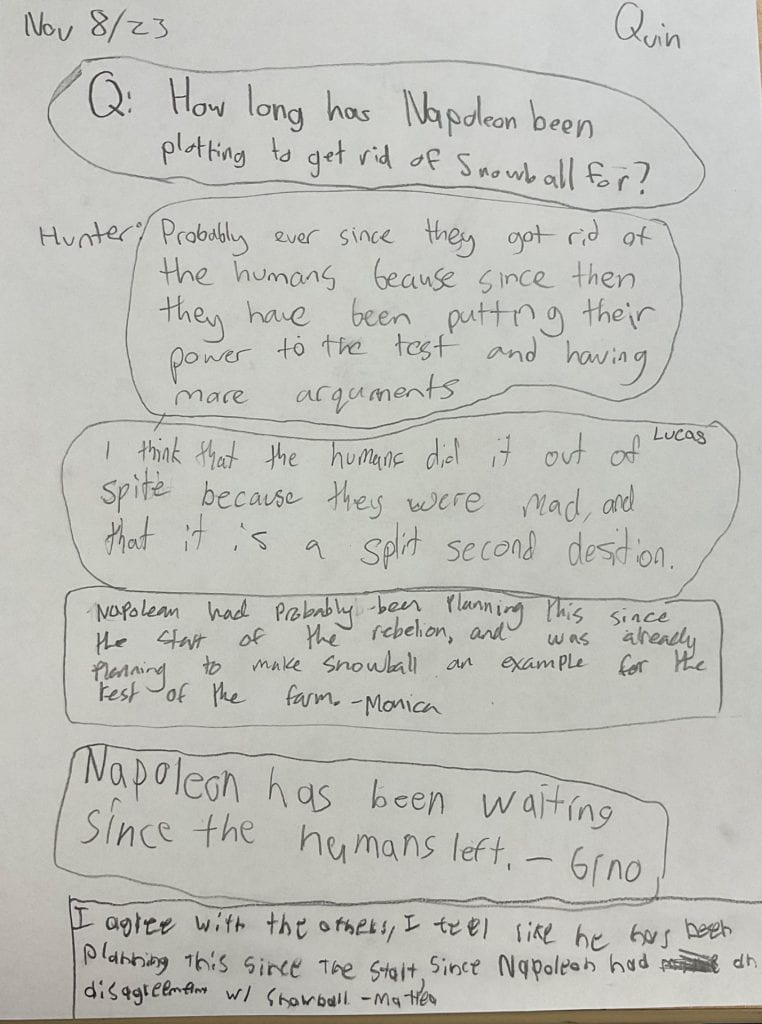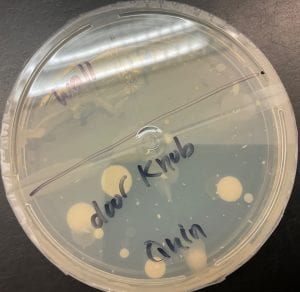Today, I’m going to go over the goals that I set in my VMV at the start of the year, and see where I’ve made progress, and where I need to keep going.
My learning intentions for this year were to write down ideas even if they’re not the best, to work on my time management, to ask for help, and to stay motivated by implementing creative aspects into my work. I want to hand in every assignment on time, while putting in maximal effort. I want to be able to work independently, and be responsible, motivated, creative, and engaged in my learning.
I included writing down ideas that aren’t the best in my VMV because in the past, I’d always try to find the perfect thing to write or say while doing an assignment. That led to me not writing anything because I couldn’t come up with something perfect, and it wasted my time meaning on the last day before that assignment is due, I’d be scrambling to come up with ideas, that I might’ve already discarded in the past while I was trying to find something perfect, and I’d end up with a rushed, low quality, or incomplete piece of work.
This year, I’ve been trying to work on this, but it hasn’t gone super well. For example, I’m currently writing this mPOL at 10:57PM, the night before I present it to my parents and teacher, because I couldn’t come up with a perfect way to write it in the past week. A time when I did this well this year was in the recent Ology of Apology project, when I was writing my memorial explainer. When I went to start writing my explainer, the first thing I did was copy/paste my in class notes, my smart brevity note, and my memorial pitch into my document to work off of. And it worked! I was able to write my explainer without much trouble or stress.
Another thing that I’ve been getting better at this year is maintaining focus, limiting distractions and being independent while working at home. For a long time, the only place with enough space for me to work at home was at the kitchen table, so there were lots of people and distractions around making it harder for me to make any progress on my work. So finally, this year, I got a desk to put in my room where I don’t have to worry about getting off topic. That’s made it way easier to stay on task and get work done.

I find that I produce much better work when I am motivated, engaged, and interested in my work. That’s why I tend to do much better in classes like math, science, maker, woodworking, and band where I enjoy the material and learning, as opposed to classes like humanities and PGP, where I don’t connect very easily. I made a goal this year to connect to these assignments by adding my personality and creativity. I think I’ve been doing well on this goal this year.
A specific example of when I added creativity into an assignment to make it easier for me is my winter exhibition blog post. I was proud of how I integrated the theme of balance throughout my post. I think that made it one of, if the best reflective post I’ve written in PLP. I was able to connect my hobbies, interests, sports, and medical condition together using 1 theme, and it came out very well.
For the rest of this year, I want to continue to work on my time management, because that’s always been a challenge for me. Recently, I’ve started making priorities lists to try to help me organize and manage my time, but it hasn’t been super helpful. I plan to keep trying new strategies over the rest of the year, until I find something that works.
Thank you for coming to my presentation of learning.

































































































